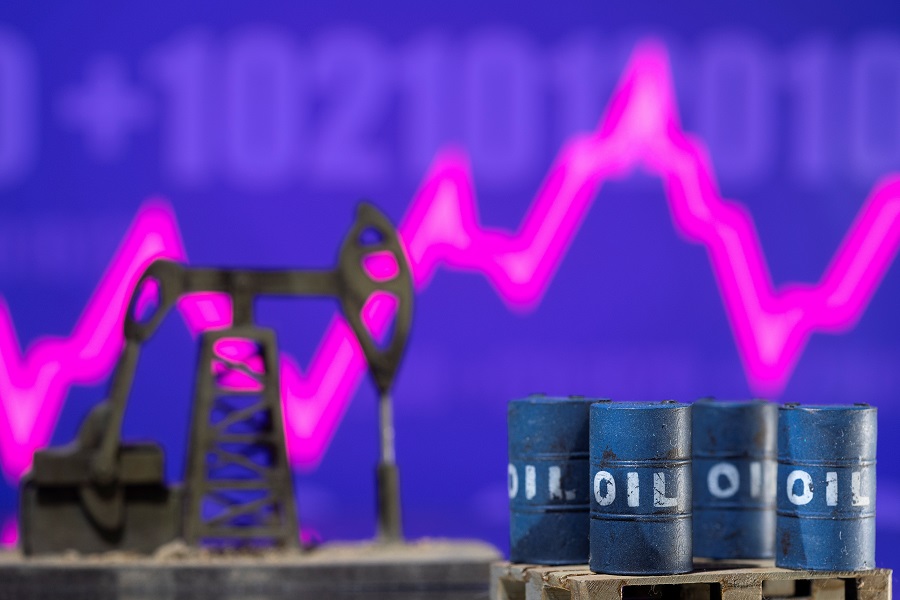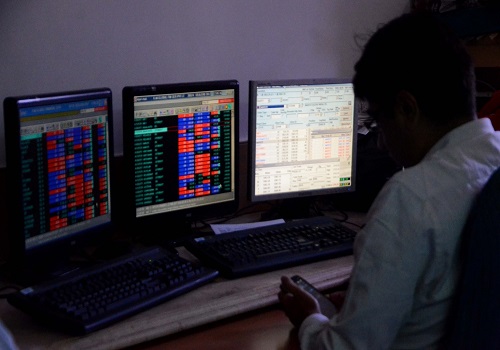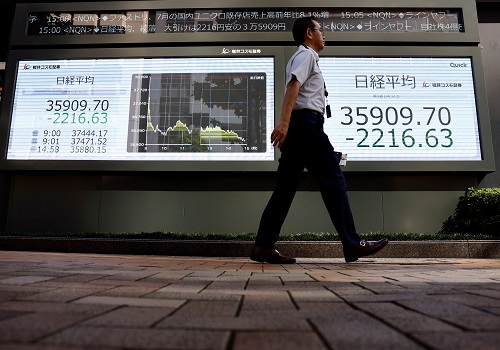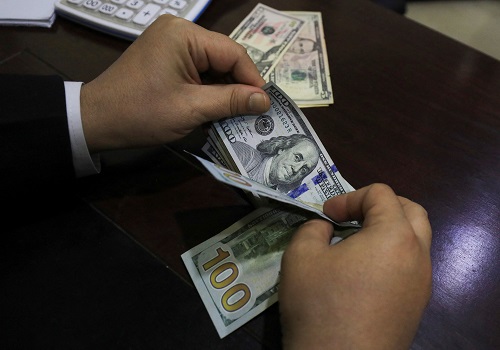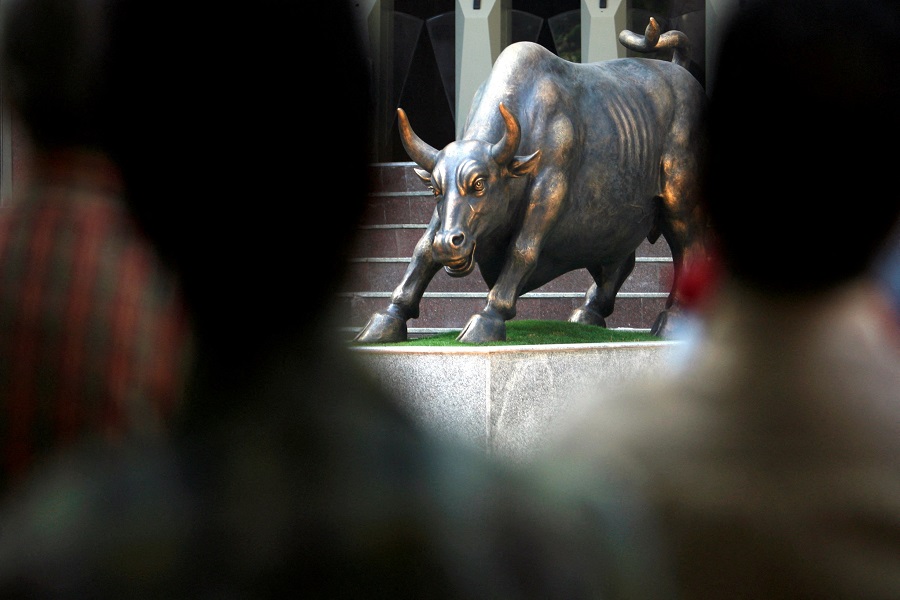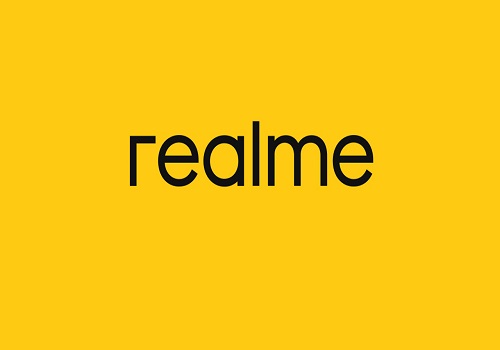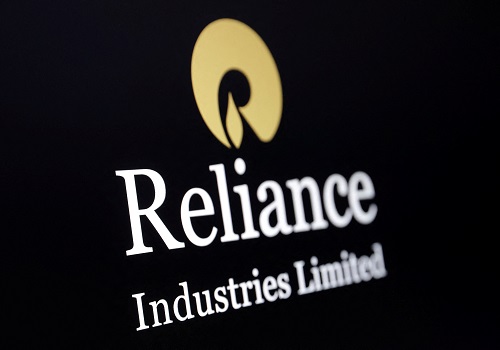Oil hits 2023 highs on tight supply outlook

Follow us Now on Telegram ! Get daily 10 - 12 important updates on Business, Finance and Investment. Join our Telegram Channel
Oil rebounded on Thursday, with Brent crude topping $93 a barrel for the first time this year, as expectations of a tighter supply outlook for the rest of 2023 overshadowed concerns over weaker economic growth and rising U.S. inventories.
Saudi Arabia and Russia's extension of oil output cuts will result in a market deficit through the fourth quarter, the International Energy Agency said on Wednesday before a bearish U.S. inventories report prompted a brief pullback in prices.
"That this genuinely bearish stock report only led to a brief temptation to sell speaks volumes and underlines the market mentality," said Tamas Varga of oil broker PVM.
Brent crude was up $1.45, or 1.58%, at $93.33 by 1336 GMT after touching $93.38 for its highest since November 2022. U.S. West Texas Intermediate crude (WTI) gained $1.38, or 1.56%, to $89.90, having also hit a 10-month high of $90.06 during the session.
Both benchmarks had slipped on Wednesday after a U.S. supply report showing rising crude and refined product stocks.
Priyanka Sachdeva, senior market analyst at Phillip Nova, said supply fears are underpinning oil prices as producers "adamantly stick to restricted production".
A day before the IEA report, the Organization of the Petroleum Exporting Countries (OPEC) issued updated forecasts of solid demand and also pointed to a 2023 supply deficit if production cuts are maintained.
The European Central Bank, meanwhile, raised its key interest rate to a record peak but signalled that this is likely to be its final move in its lengthy fight to tame inflation.
Reuters reported on Tuesday that the ECB was set to raise its inflation forecast for next year to more than 3%, bolstering the argument for higher interest rates.
Meanwhile, U.S. retail sales rose by 0.6% on the month in August driven by higher gasoline prices, above a 0.2% rise forecasted by Reuters-surveyed analysts. Jobless claims in the week to Sept 9 meanwhile rose by 3,000 to 220,000, but fell short of economists' 225,000 forecast.
But investors nonetheless see a 97% likelihood that the Federal Reserve will hold interest rates steady in its next meeting on Sept. 20, according to the CME FedWatch Tool.


